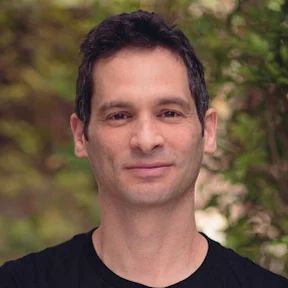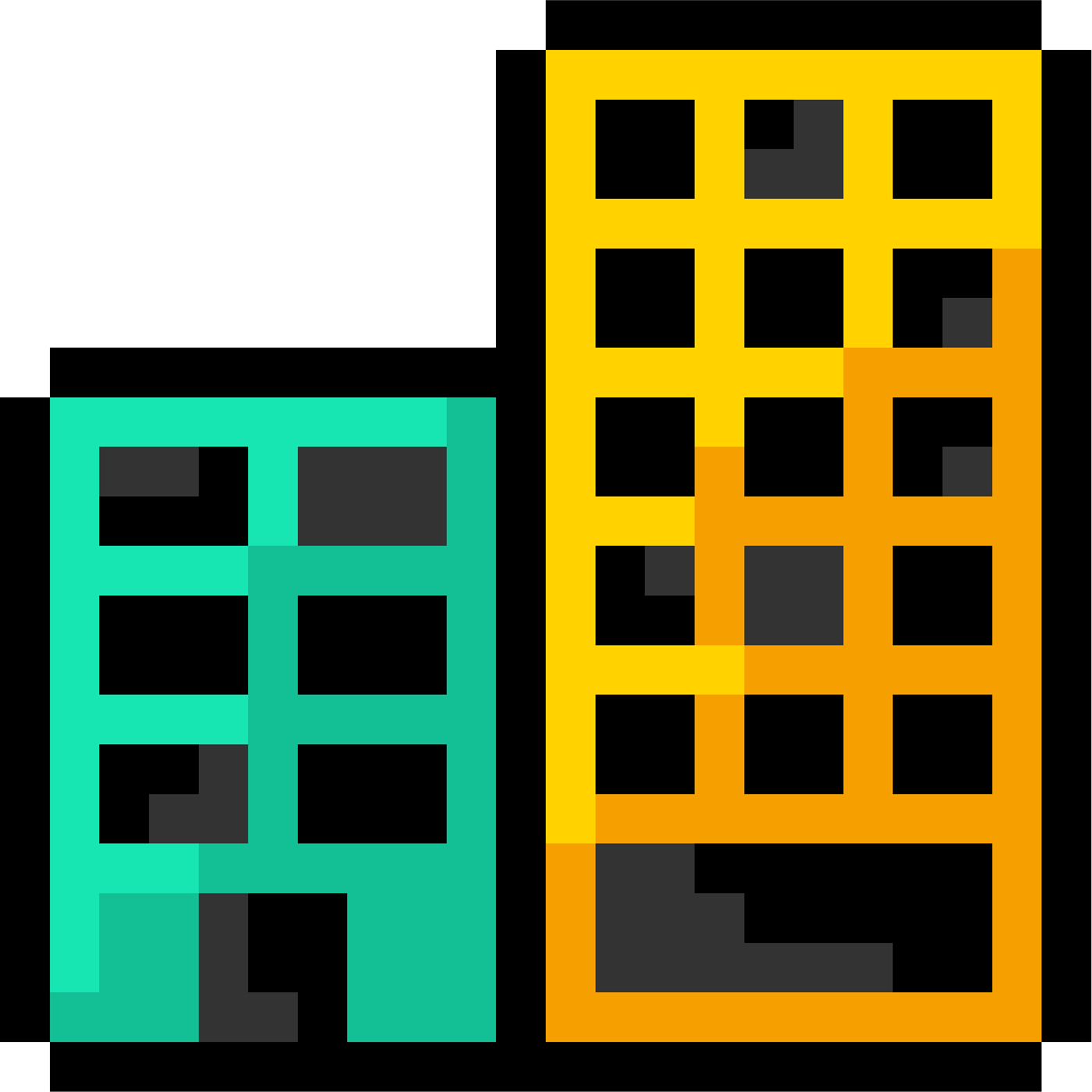Audio Presented by

Co-founder @Sloyd. Decade + in product in startups. Been though his share of exists & failures. Engineer @BGU & @MIT.
Story's Credibility

About Author
Co-founder @Sloyd. Decade + in product in startups. Been though his share of exists & failures. Engineer @BGU & @MIT.